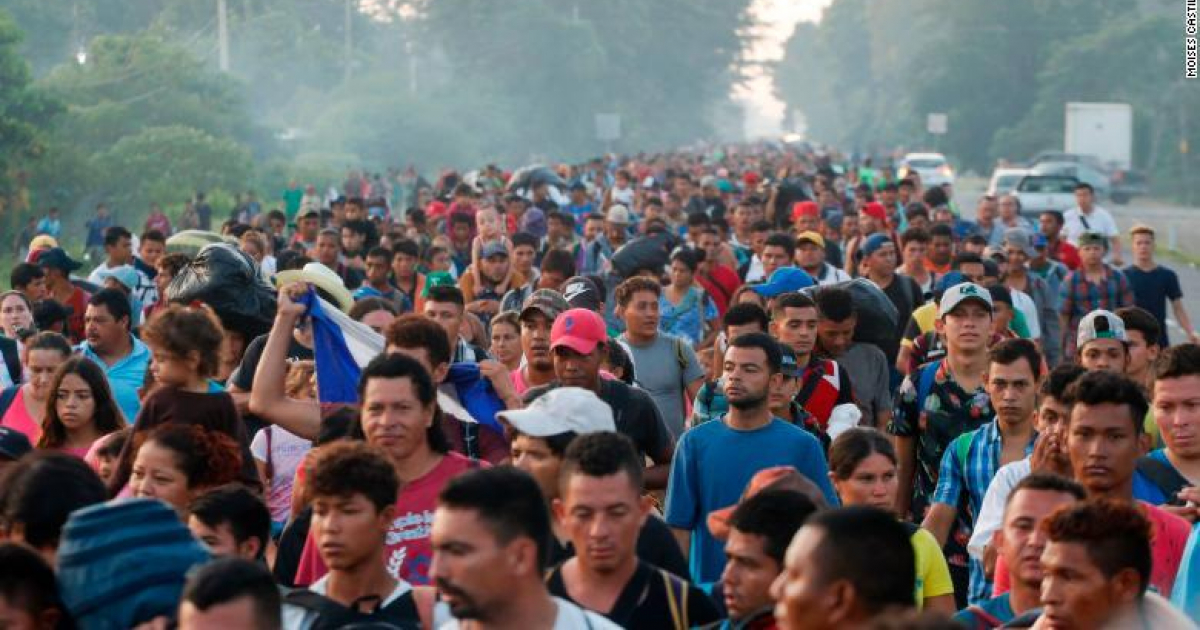
WASHINGTON, 11 jun (Reuters) - El immigration agreement between the United States and Mexico reached last week includes a regional asylum plan and Mexico's commitment to review and possibly change its laws, according to a copy President Donald Trump showed to reporters on Tuesday.
The agreement establishes "a regional approach to burden-sharing in relation to the processing of migrants' refugee status claims," the document says.
A photograph ofReuters of the folded document, taken while Trump held it, allowed reporters to read parts of it.
It also includes Mexico's commitment to review, and possibly change, its laws, according to the copy.
Trump told reporters he would let Mexico announce it "at the appropriate time" but that it "takes effect when I choose."
The US president had said on Monday that Mexico would soon disclose part of the agreement without offering details.
Announcing details not previously disclosed, Mexican authorities said Monday thatThey had 45 days to demonstrate that the efforts were effective to reduce migrant flows, otherwise they would have to talk about more measures with Washington.
The United States wants Mexico to be declared a safe third country where asylum seekers could be in the United States' place, a demand Mexico has long rejected.
Mexican Foreign Minister Marcelo Ebrard said any such agreement should share the asylum burden with other Latin American countries.
The agreement preventedThe United States will raise tariffs by 5% import tariffs on Mexican products, a measure that Trump had promised to impose unless Mexico collaborated to stop migration.
Trump made reducing illegal immigration a central issue of his 2016 election campaign, but his efforts to advance that policy have been frustrated.
Mexico agreed on Friday to take measures to control the flow of people from Central America, including deploying 6,000 new national guard troops to its border with Guatemala.
However, over the weekend there were no signs that Mexico had begun reinforcing the border.
What do you think?
COMMENTFiled in: